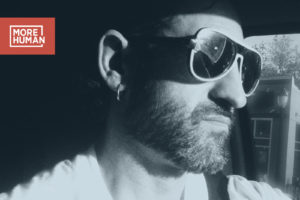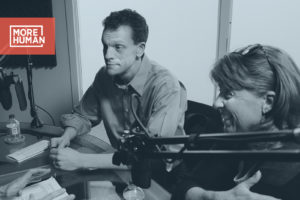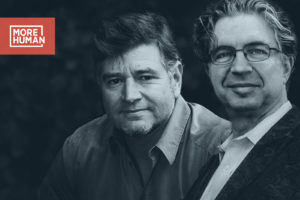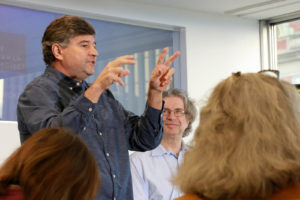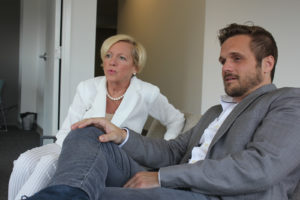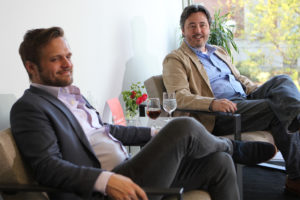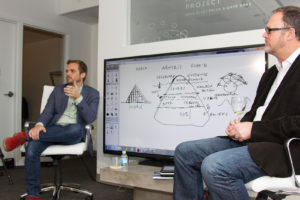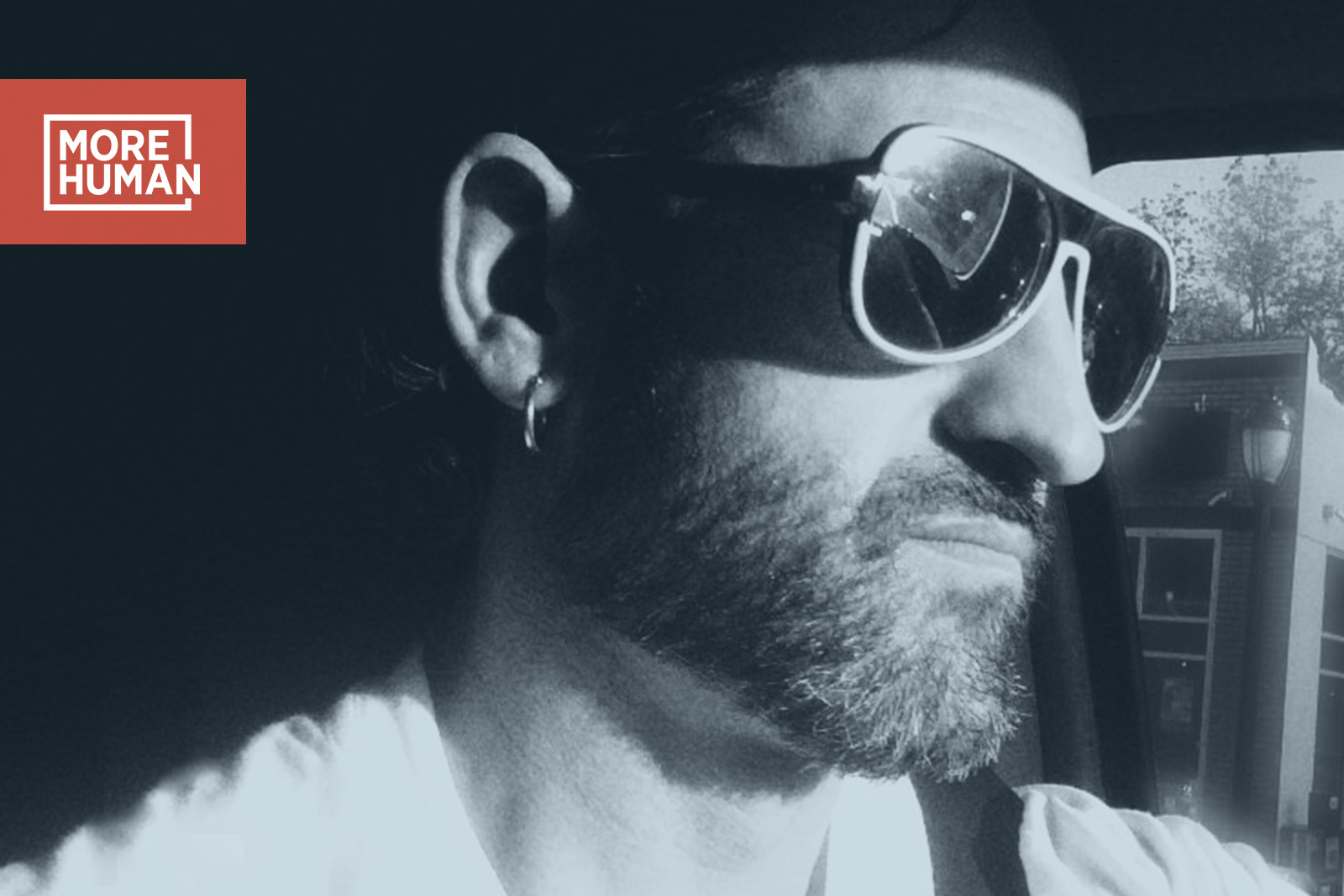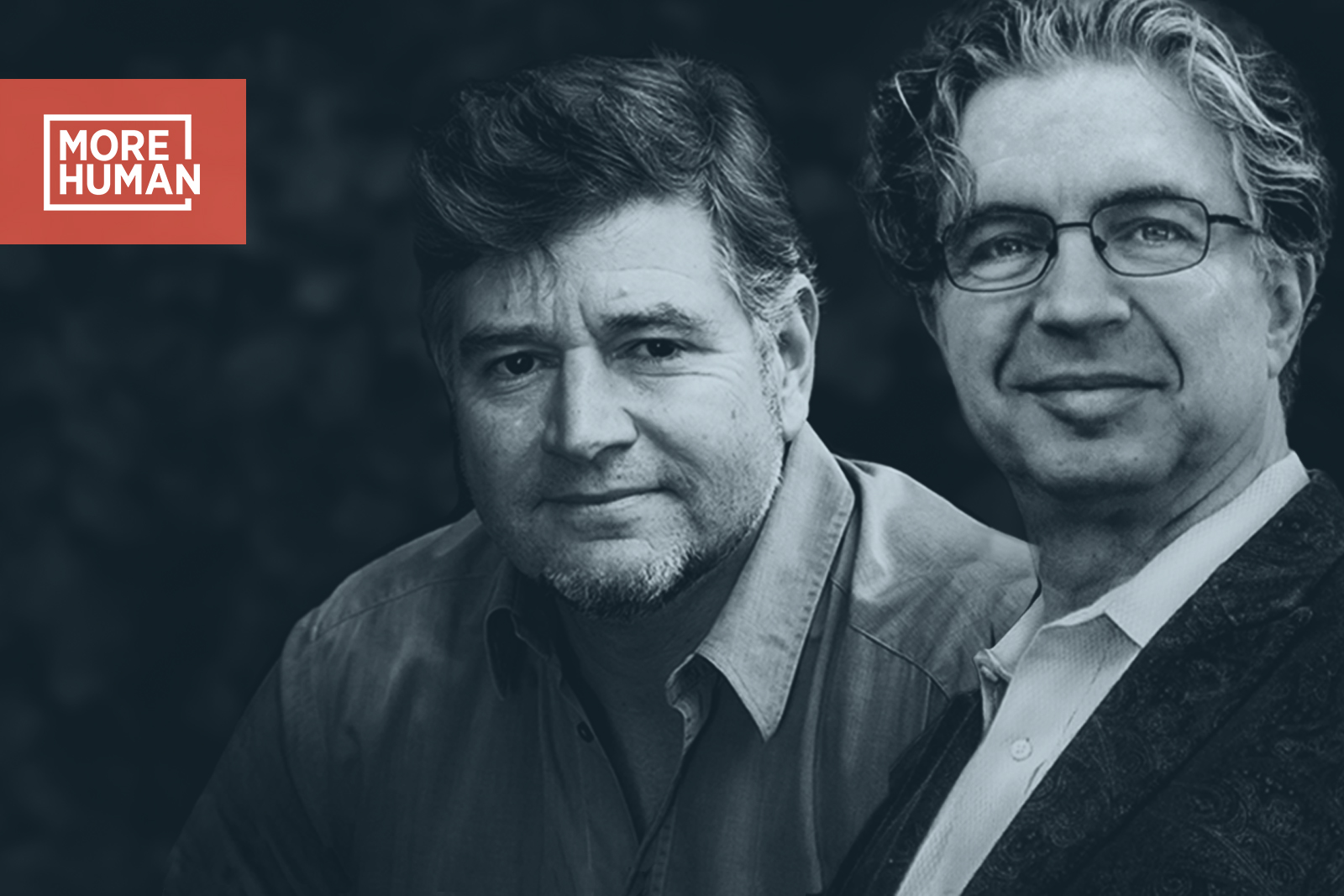How to Build a Space for Humans (Ep. 9)
When Ken Crabiel first walked into the Central Location of the St. Louis Public Library, he was in awe of the Carnegie-style space.
When you imagine a major municipal library, that is exactly what Carnegie-style means. The philanthropist covered our nation in proud column-structured libraries around the turn of the 20th century. They are dim (sometimes claustrophobic) cathedrals to the curating and worship of knowledge.
And now Ken, and his design team at Cannon Design, were being asked to take this century-old concept and turn it into something relevant and accessible for a culture that is no longer anything like it was in Carnegie’s day. Knowledge is no longer understood as a stack of archives. Knowledge is more accessible across multiple platforms.
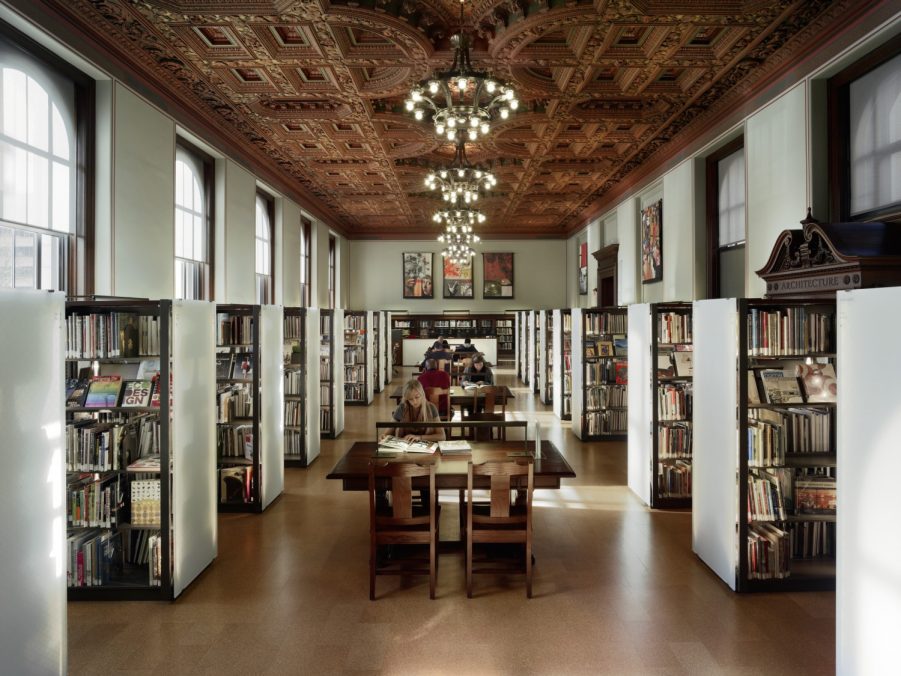
Ken and the team at Cannon began the way they always do with any design project: By asking the kinds of questions to uncover the deepest human needs that the space is meant to serve.
It turns out that while the idea and housing of knowledge had changed, what was still needed was something timeless and transcendental: Access, freedom of choice and active learning. Humans have always needed that. So Cannon set about ways to create that experience in the built environment. The result is a building that preserves what was intentional from Carnegie while offering contemporary, bright ways in which more people and be energized to explore and learn.
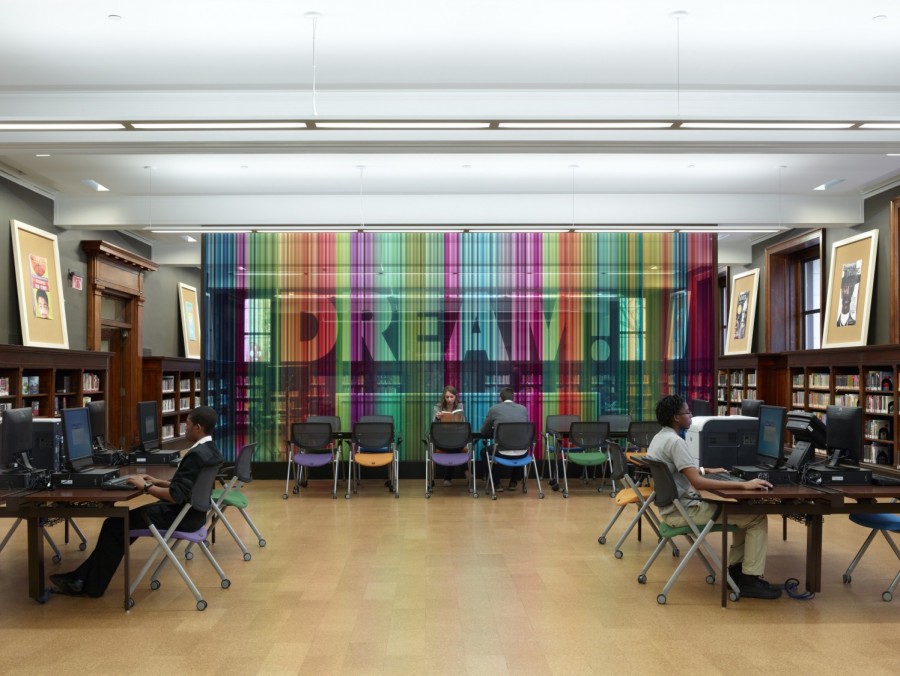
After years of conversations about the motivations driving the need for a change to the built environment, the folks at Cannon Design began to see that they were tapping into larger topics with bigger implications than designing space. So they began to host community forums in a series, called Horizon, to better explore and understand challenges with deep human needs.
It turns out that the methodology of revealing the deeper motivations for the redesign of a built environment is an effective model for uncovering the human needs associated with any business going through change (read: any business or organization).
For our ninth episode, we feature Ken Crabiel and Cindy Bambini, two humans from Cannon Design, who share with us what inspired them to dig deeper into the needs of the communities they serve. They also offer a methodology for how to go about using something like space or the built environment as a canvas for a larger discussion about what humans really need.
As leaders, we are tempted to foist our solutions onto our organizations.
After all, people who are in leadership are driven by vision. However, Ken and Cindy’s experiences are a reminder to ask yourself first, “What problem you are really solving? By falling in love with the problem (instead of our solutions) you can uncover the full range and depth of human needs you can serve. Because after all, if you are not serving them or placing them at the center of your design, then humans will find a way to fulfill them.
Shameless plug: Eliot Frick, the founder of the Be Human Project, is a featured guest at the inaugural St. Louis Horizon event. The topic is Our Collective Health and Wellness. More information on that event can be found here.
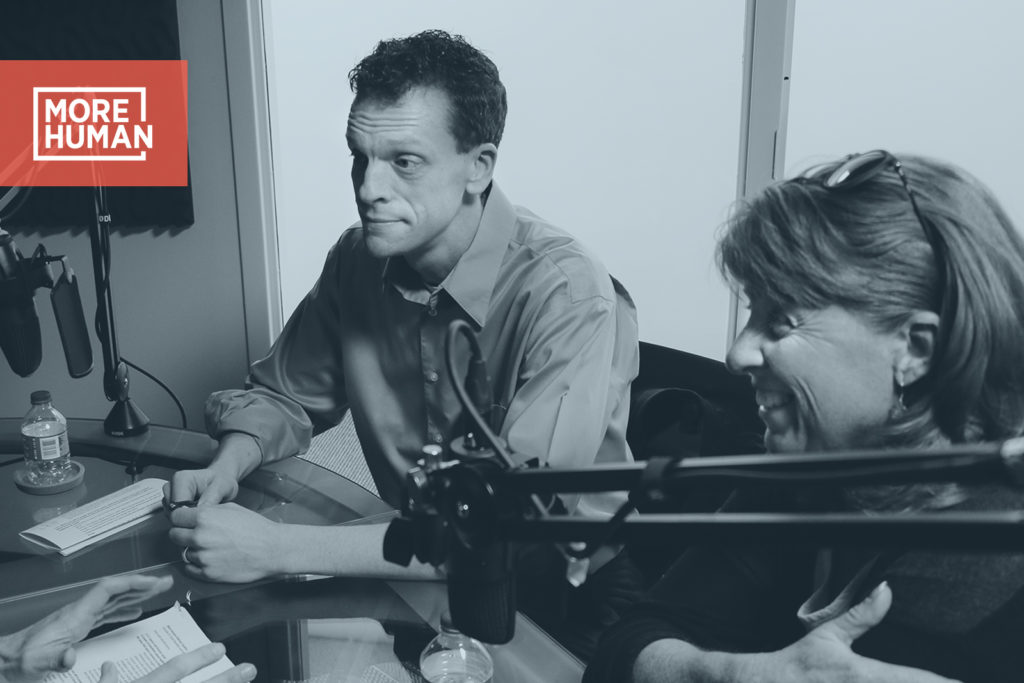
Who is in this episode:
Ken Crabiel, vice president, Cannon Design
Cindy Bambini, vice president, Cannon Design
Background:
Extra Goodies:
Judy Ryan, Lifework Systems: Basic Human Needs
Subscribe here
iTunes • Soundcloud • Stitcher • Youtube
Music & Audio Credits:
People From Around The Globe Met For The First Flat Earth Conference (HBO) Vice News
Shofunkan by Snarky Puppy
Night Owl by Broke for Free, Creative Commons
Cupcake Marshall by Blue Dot Sessions, Creative Commons
Heliotrope by Blue Dot Sessions, Creative Commons
Balloons Rising by A A Aalto

